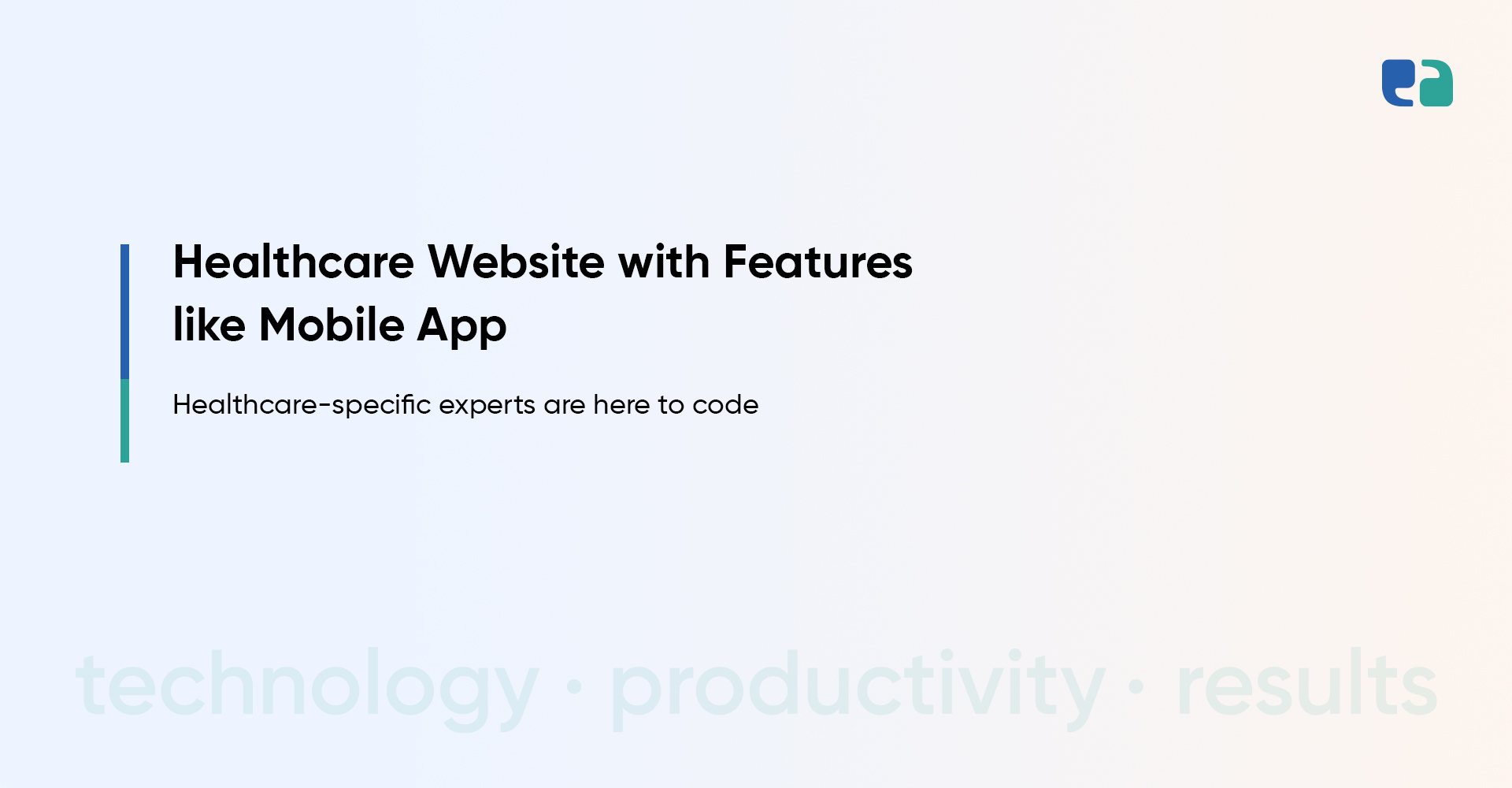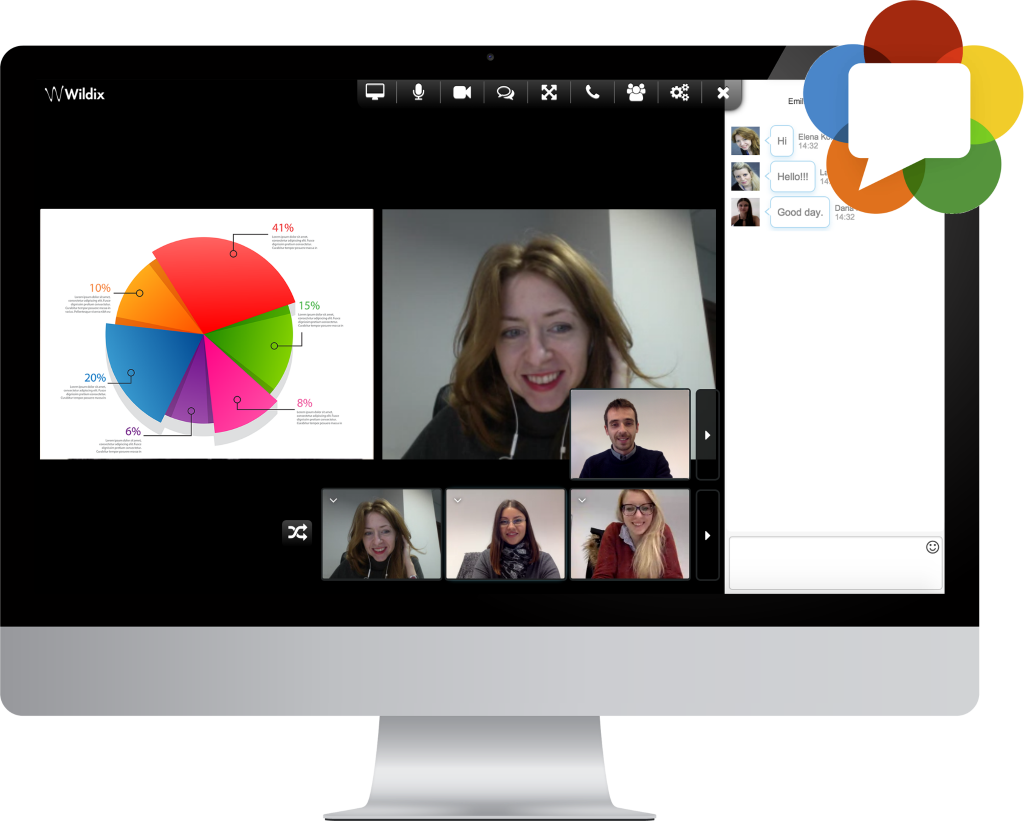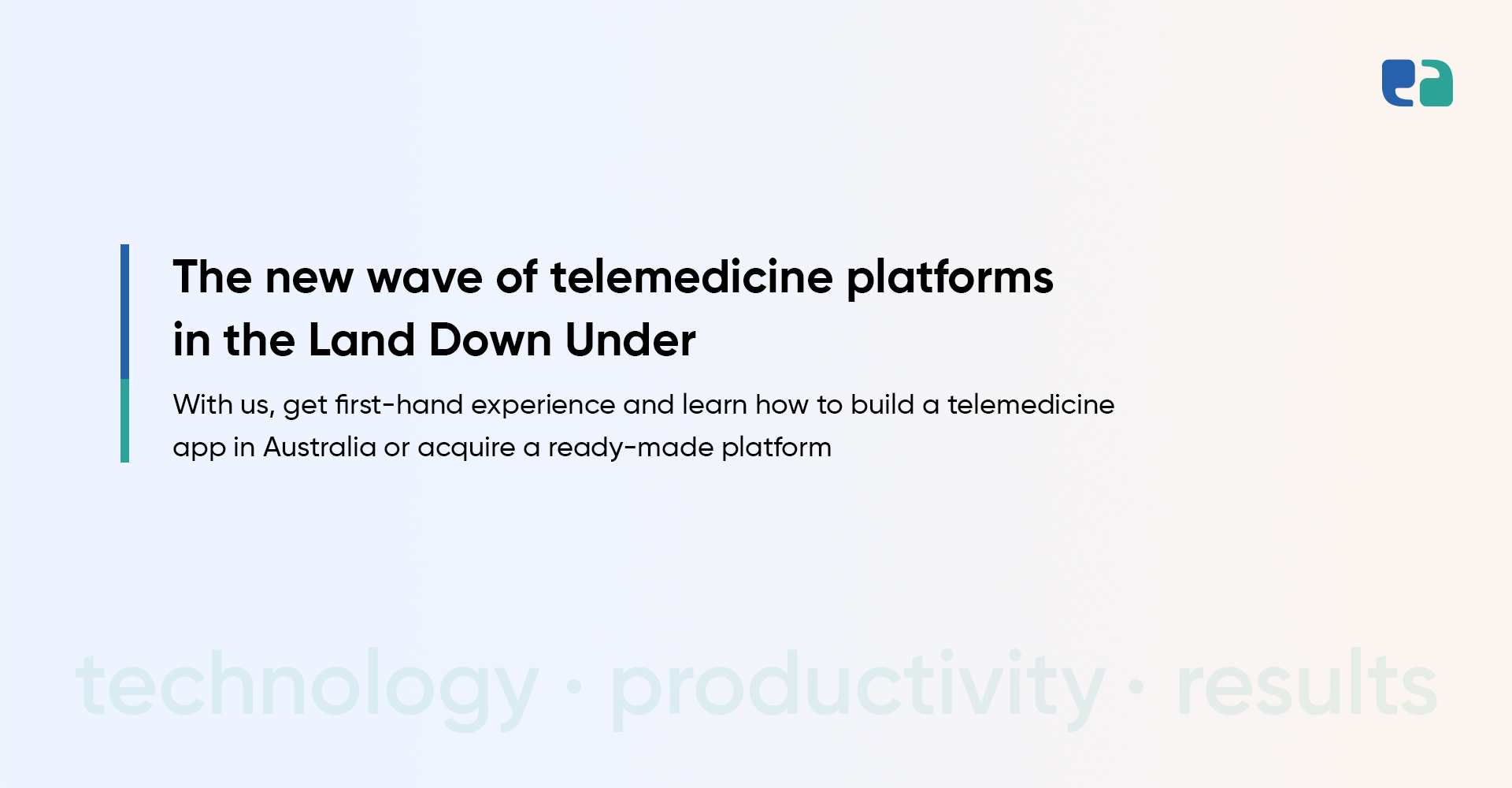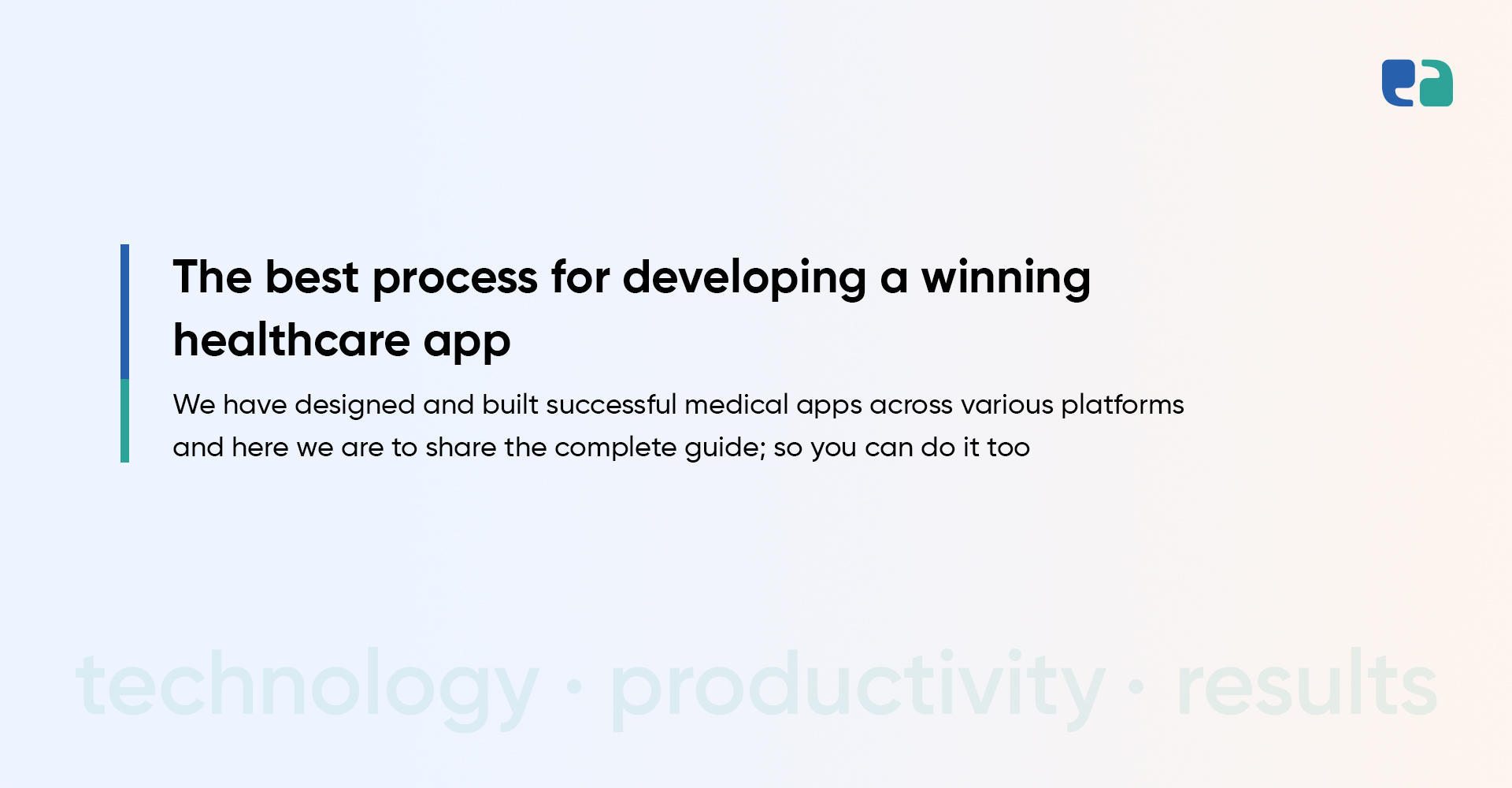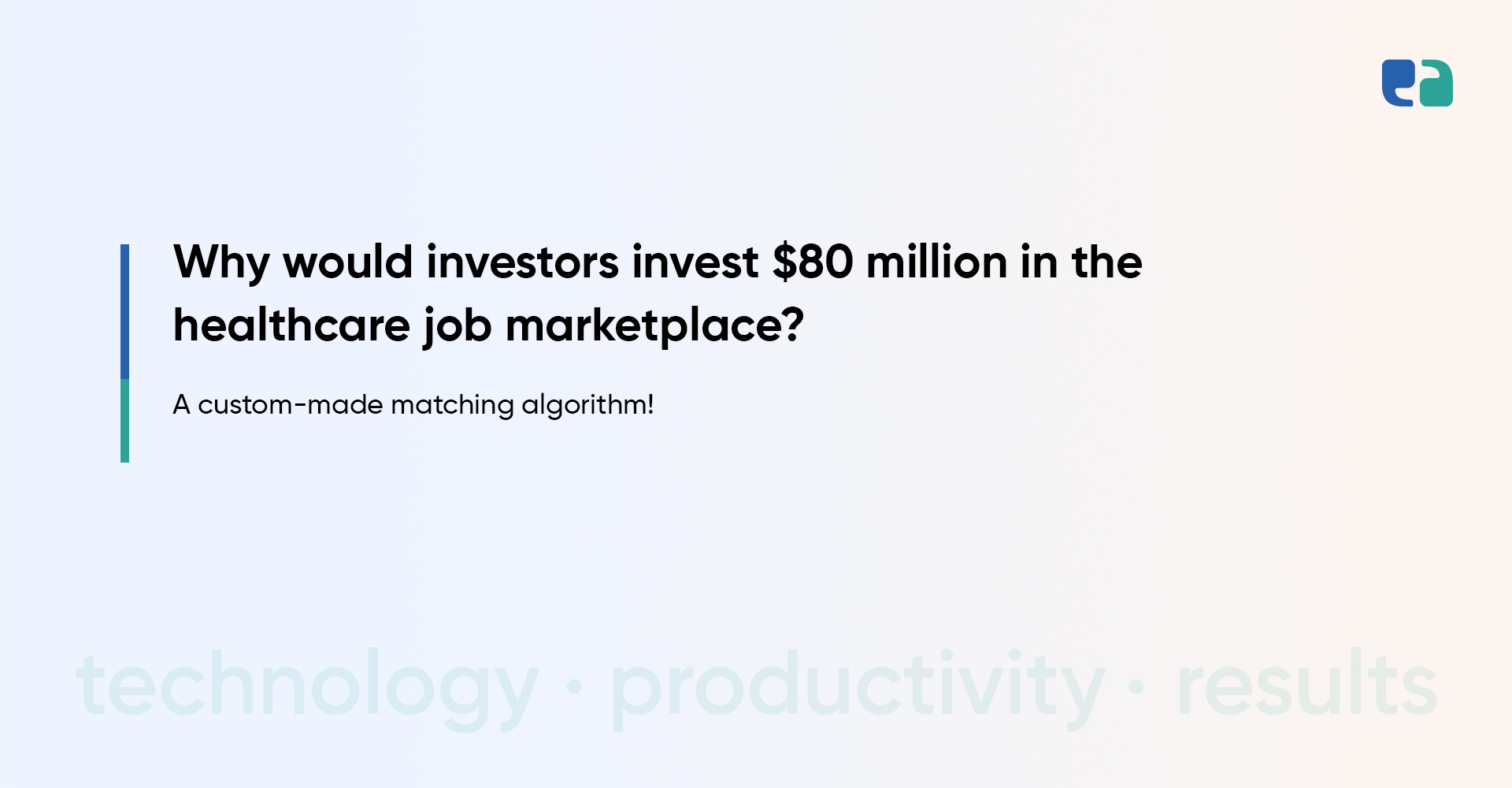If not a mobile app, a website is the most basic requirement for every healthcare entity in 2023 and beyond.
It is a revenue magnet.
It lets patients easily engage in the revenue lifecycle of a healthcare entity.
If it is an advanced version of a healthcare website, it is capable of offering virtual care, online appointment booking, patient dashboard, and patient engagement solutions.
So, sensing its urgency, we being the top healthcare website development company, let’s discuss everything you need to know on healthcare website development to make the best website for your hospital or clinic.
Why Should You Invest In Healthcare Website Development Services?
During the last 8 years of serving Canadian and US healthcare industries as healthcare IT experts, we have noticed several healthcare entities doing wonders just with their websites.
- They acquire more patients.
- They accept online appointments.
- They show real-time wait time.
- They offer telemedicine services.
- They store patient data under the profile of each patient.
Overall, they operate in a complete online manner without investing hugely in mobile apps.
You might now have an idea.
Still, we are sharing the top reasons behind investing in hospital website development.
What are the Major Types of Healthcare Websites? What is the Development Cost of Each?
If you are planning to go for healthcare website development to build a website for a clinic or hospital, you must have awareness of three major types of healthcare websites.
A Major Challenge Associated with Healthcare Website Development
Building any type of healthcare digital solution is not like developing any other solution.
Why?
Well, just because of the compliance or privacy laws.
In the healthcare industry, there are several data privacy laws applicable at both the federal and provincial levels.
Each of these laws has multiple technical and administrative requirements.
Meaning, if these laws apply to you, your healthcare website must adhere to healthcare compliance regulations.
But that’s the tricky part.
Not all website developers can build compliant websites with data privacy laws.
Not all developers know healthcare compliance.
And if they deliver you a non-compliant website, you can be liable for a hefty fine by privacy commissioners.
Thus, we recommend you always hire experts who are equipped with an on-ground understanding of healthcare compliance.
Top Technologies Used To Build a Healthcare Website for Hospitals or Clinics
In case you are interested in knowing the technical part of healthcare website development, we are sharing it here as well.
How We Designed and Developed a Website for an Ontario-Based LTC Home?
An Ontario-based LTC home approached us with a requirement to build a custom website.
The client wanted a website with advanced features like virtual care, a resident portal, online payment, task management for staff, medication management for residents, and concern management for residents’ family members.
After understanding client requirements with a series of virtual calls, we deployed our best local Canadian healthcare designers, developers, and compliance experts to get the healthcare project development project done within budget and time.
Our designers designed the website while considering usability and then developers coded the website using clean-code architecture to make code maintenance easy for the client.
Later, the QA team tested the website and the compliance team checked for compliance readiness.
The website was armed with all the features an app would have such as telemedicine, ePrescription, access control, custom workflow support, easy medication management of residents, profile for each resident, etc.
The best part of the entire project was, that our client enjoyed the peace of mind while we solved all his technical and compliance issues!
You can hire this same team that has developed more than 100 modern healthcare websites for North American healthcare providers only!
